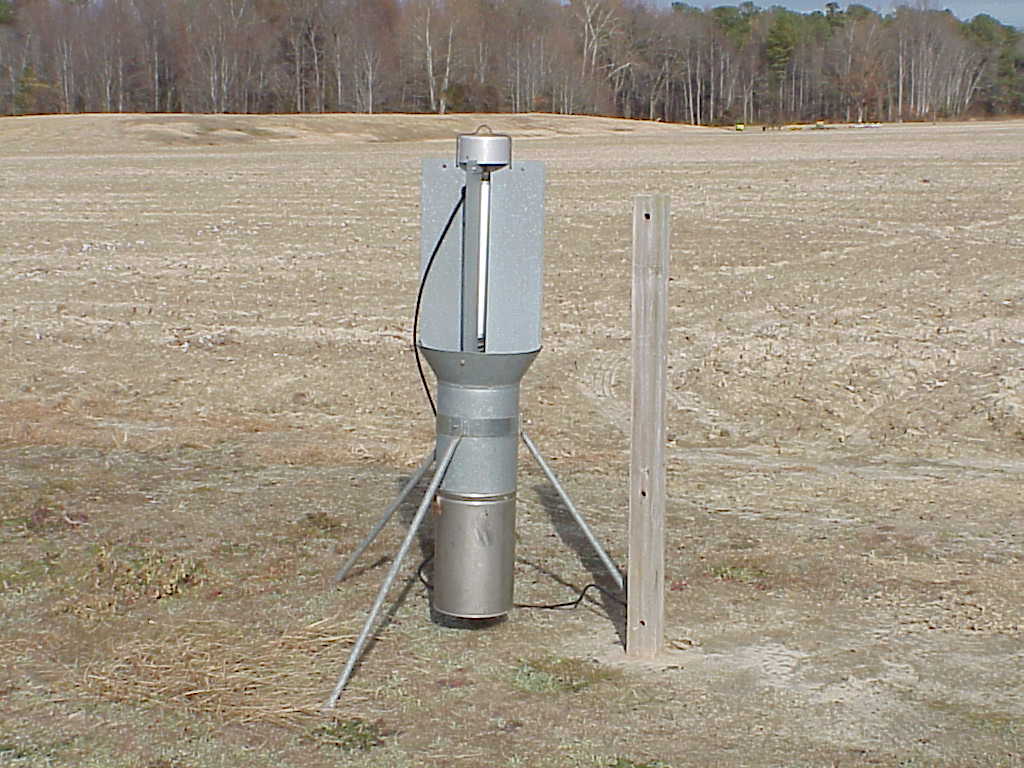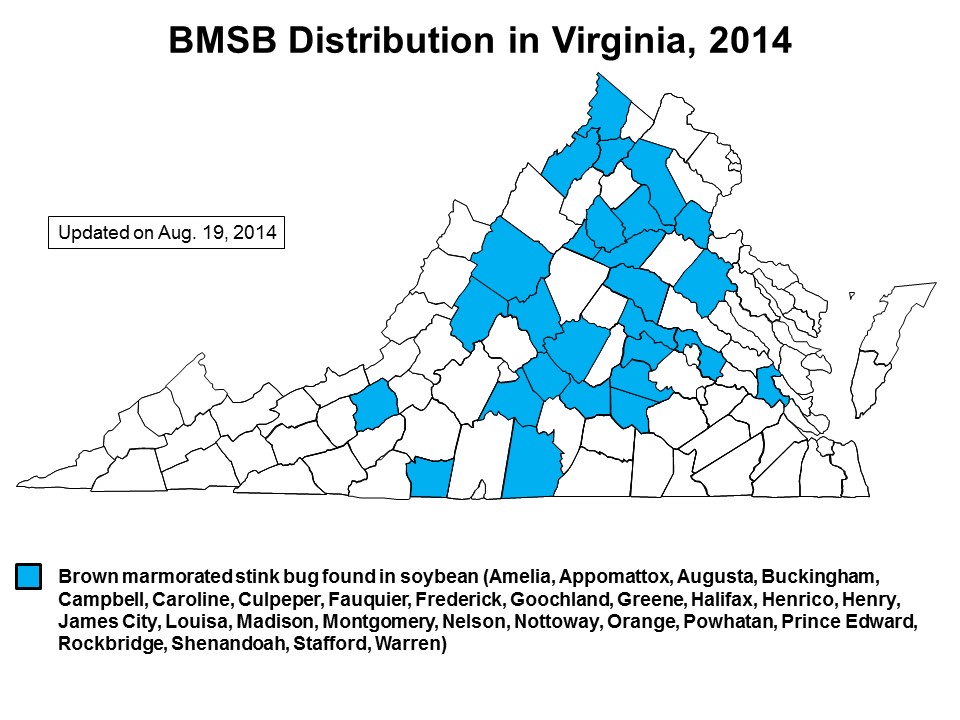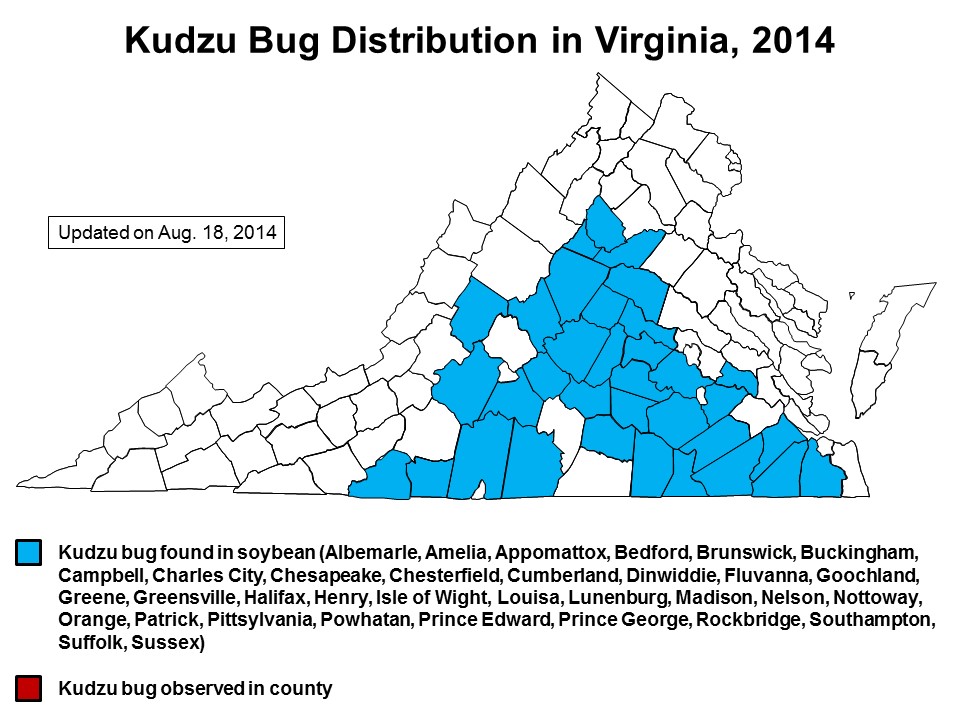Please see the attached report by Dr. Herbert (Virginia Tech) and Dr. Kennedy (North Carolina State University) regarding thrips resistance to neonicotinoid insecticides. NeonicThripsResistance
Author Archives: Sean Malone
Corn seed trait tables
Dr. Dominic Reisig (Entomologist, North Carolina State University) has shared these slides showing (1) corn trade names, their Bt protein(s), and their effectiveness against corn earworm and fall armyworm; and (2) corn seed treatment trade names, their active ingredient(s), and their effectiveness against billbug, white grub, and wireworm. In these two attached tables, P = Poor, F = Fair, G = Good, VG = Very Good, E = Excellent, and NL = Not Labeled. Please click on the pdf document at the end of this sentence to access the tables: corntraits
16th Annual Virginia Cotton Meeting
Please click on the attached pdf file (at the end of this sentence) for information about the upcoming “16th Annual Virginia Cotton Meeting” to be held on February 19, 2015 at the Paul D. Camp Regional Workforce Development Center, Franklin, VA. cottonmeeting2015

Black light trap report for the week ending September 18, 2014
Counts were low this week. The nightly average corn earworm moth counts were Warsaw-0.4, Petersburg-1.6, Suffolk-2.4, Prince George-Templeton-0.1, and Prince George-Disputanta-0.6. The Petersburg black light trap caught a mean of 1.6 brown marmorated stink bugs per night, Prince George-Disputanta had 0.1 BMSB, and there were zero caught at Warsaw, Suffolk, and Prince George-Templeton. Please see the attached tables for trap histories. Thank you. BLT_18_Sep_2014

Black light trap report for the week ending Sep. 11, 2014
Please see the pdf attached below (BLT_11_Sep_2014v2) for the corn earworm moth and brown marmorated stink bug nightly average catches in area black light traps. Thanks to the following for this week’s reports: Scott Reiter, Mary Beahm, Mark Kraemer, Keith Balderson, and Ames Herbert and his entomology team. BLT_11_Sep_2014v2
Corn earworm and BMSB black light trap catches for the week ending Sep. 4, 2014
Please click on the attached pdf document (BLT_4_Sep_2014) for tables containing the weekly corn earworm moth and brown marmorated stink bug black light trap catches. Thanks to the following for their reports this week: John Allison, Scott Reiter (Scott also found BMSB in Prince George soybean), David Moore, Mark Kraemer, Mike Parrish, and Ames Herbert and his entomology team. BLT_4_Sep_2014
Corn earworm and BMSB black light trap report for the week ending August 28, 2014
Average catches in area black light traps ranged from 1 to 26 Helicoverpa zea (corn earworm/bollworm) moths per night, and zero to < 3 brown marmorated stink bugs per night. Please click on this pdf file for the full table: BLT_28_Aug_2014
Thanks to the following for their reports this week: Bob Pitman, Mary Beahm, David Moore, Chris Drake, Keith Balderson, Mark Kraemer, Kelvin Wells, Scott Reiter, Mike Parrish, and Ames Herbert and his entomology team.

Black light trap report for the week ending August 21, 2014
This week’s corn earworm moth nightly black light trap counts increased for most reporting stations; brown marmorated stink bug catches tended to be lower this week. Please click on the pdf file below (BLT_21_Aug_2014) for the data tables. Thanks to the following for their reports this week: David Moore, Chris Drake, Watson Lawrence, Mike Parrish, Keith Balderson, Mary Beahm, Mark Kraemer, Scott Reiter, and Ames Herbert and his entomology team.
Brown marmorated stink bug distribution in Virginia–August 21, 2014 report
BMSB was found in soybean in nine new Virginia counties this past week: James City, Caroline, Stafford, Culpeper, Fauquier, Nelson, Rockbridge, Henry, and Montgomery. The highest numbers of BMSB occurred in a Warren field (5 nymphs and 4 adults per 2-minute visual inspection), followed by Augusta (5 nymphs and 1 adult per 2-minute visual), Fauquier (5 nymphs), Buckingham (4 nymphs), James City (3 nymphs, 1 adult), and Appomattox (3 nymphs, 1 adult). Thanks to our soybean scouts and to Dr. Tom Kuhar for their updates this week.
Kudzu bug distribution in Virginia–August 21, 2014 report
Our soybean scouts detected kudzu bug in two new Virginia counties this past week (Halifax and Greene); both of these locations had low numbers. The highest numbers of kudzu bugs reported by our scouts for the past week were in a Pittsylvania soybean field (8 nymphs and 3 adults per 15 sweeps), followed by Goochland (4 adults per 15 sweeps) and Henry (3 nymphs and 2 adults per 15 sweeps). Additionally, VCE Agent Scott Reiter reported high numbers of kudzu bug adults along the edge in a Prince George soybean field that was bordered by kudzu (50 adults in 15 sweeps in the first 30 feet of field, diminishing to 3-4 adults per 15 sweeps at 100 feet from the field edge). Scott found other fields with 0-3 kudzu bugs in 15 sweeps.


